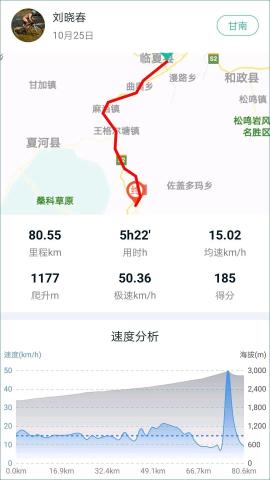
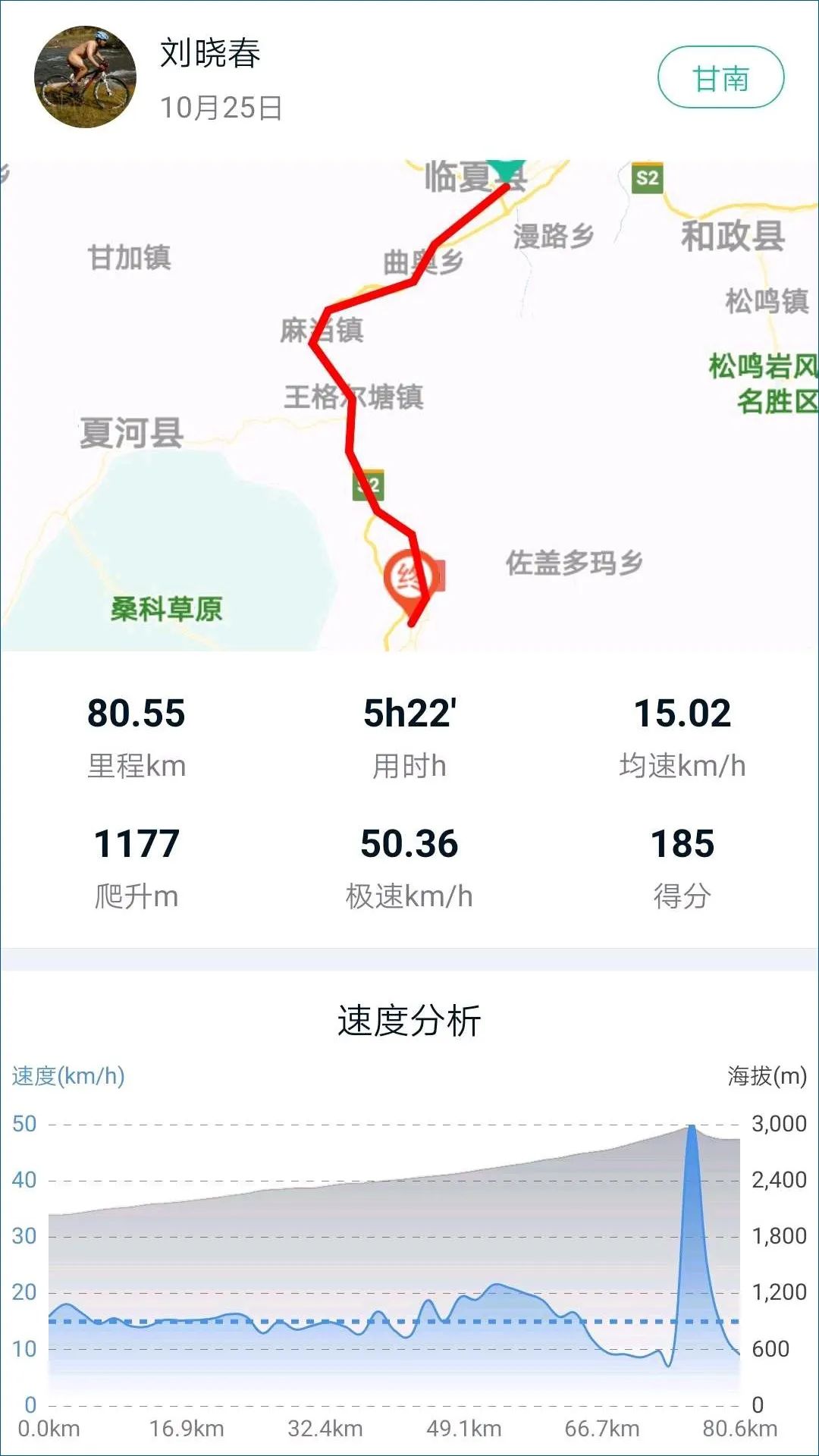

▲I woke up naturally after sleeping and made a special trip to find this offal restaurant. It’s much more affordable than the beef offal here. The main reason is this hemp flower, soaked in beef offal soup, and the fragrance is straight away.
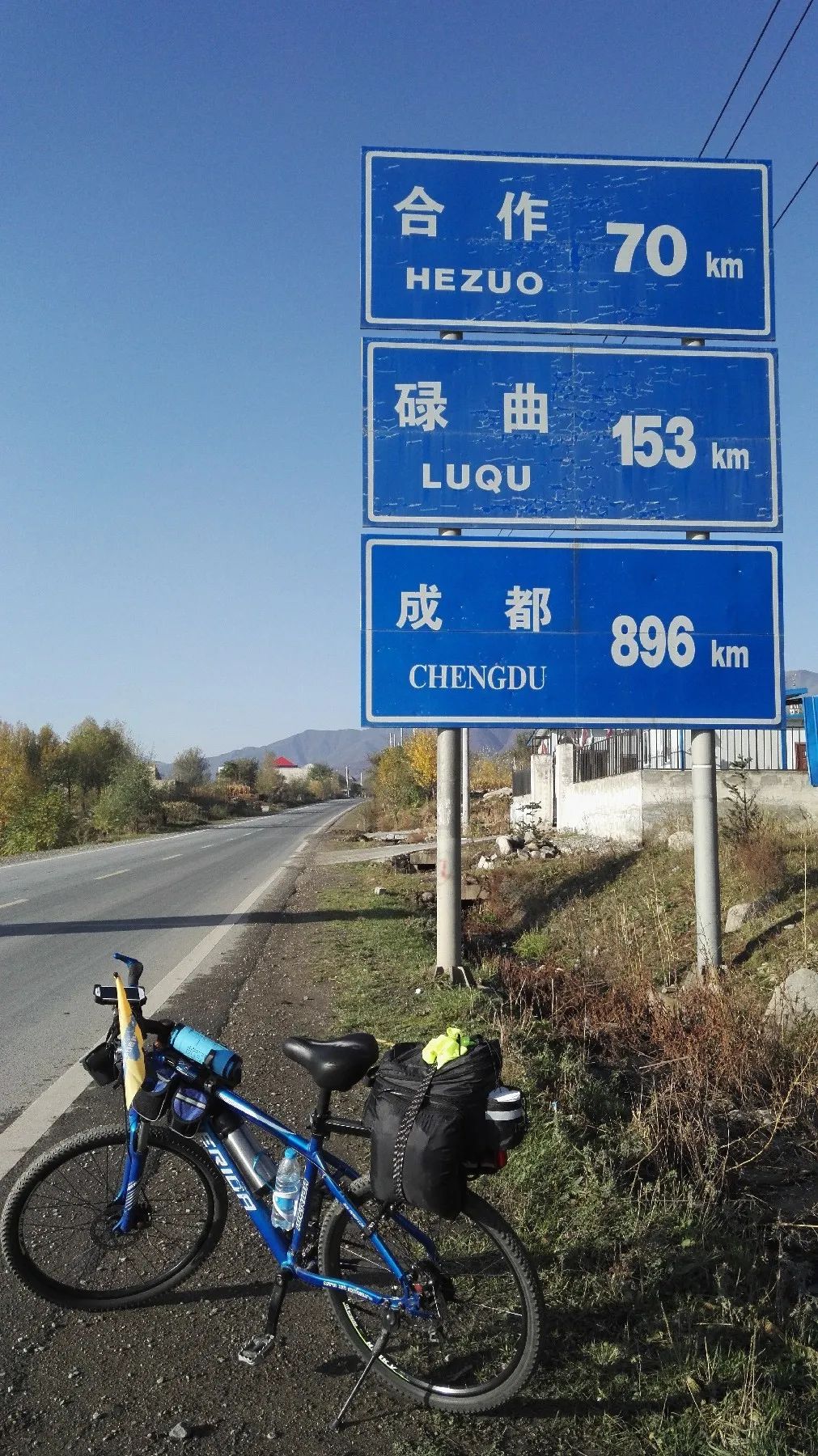
▲Today’s destination is Hehe City. The total journey is less than 81 kilometers, but there are 76 kilometers of gentle road.


▲There was a thunderstorm and heavy rain last night, but today the sky is clear and the warm autumn sunshine is very tempting.
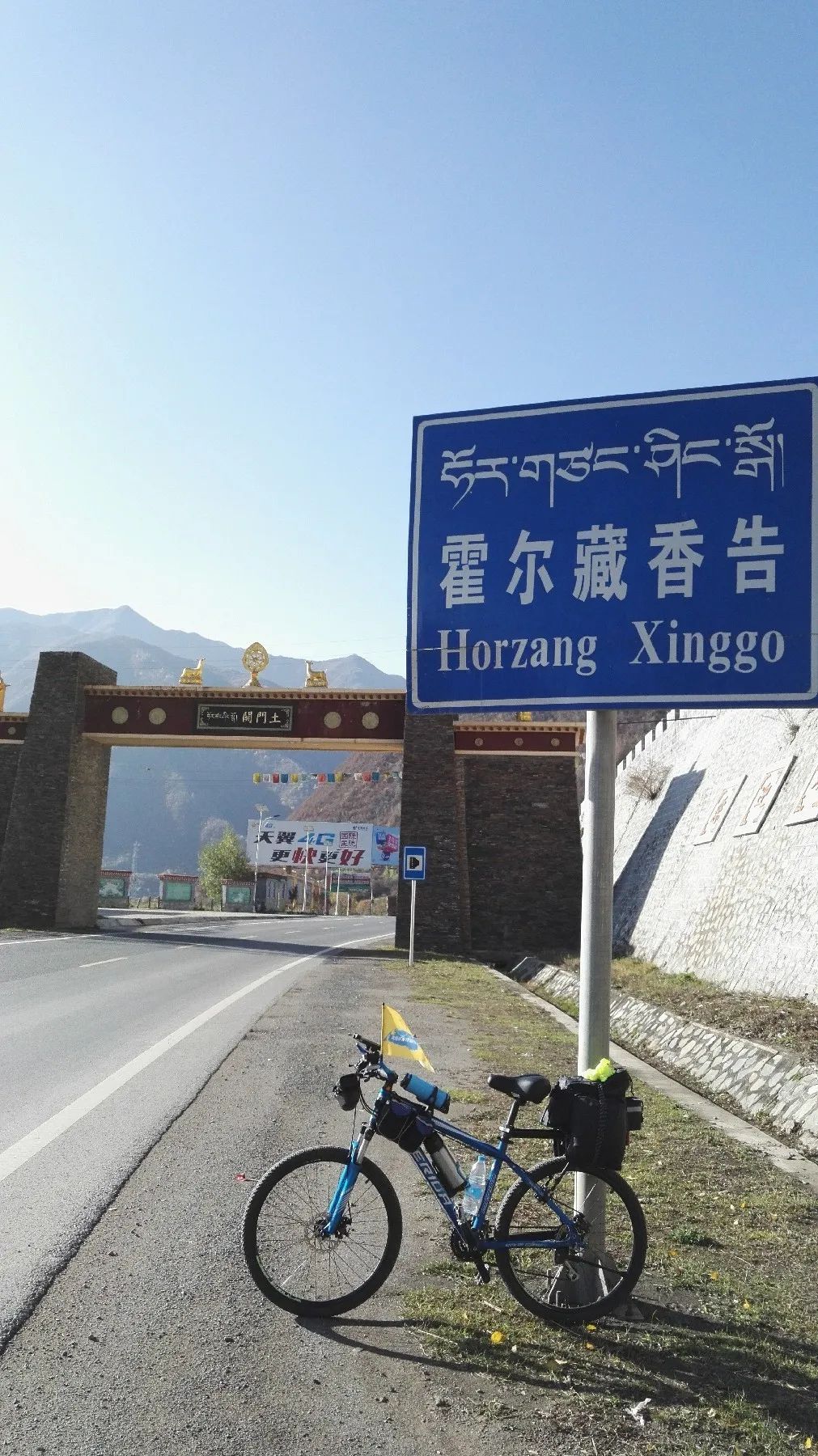
▲Don’t be in a hurry, enjoy the beautiful scenery of the new countryside along the way, and arrive at Tumen Pass. The Tibetan name is Horzangxianggao. It was once an important pass on the Tea Horse Road. It is located 190 meters away from Guantan Village, Maji Township, Linxia County. It is 33 kilometers away from Linxia City in the east and 75 kilometers away from Labrang Town, Xiahe County in the west, with an altitude of 2170 meters. This is the dividing line between Gannan Tibetan Autonomous Prefecture and Linxia Hui Autonomous Prefecture, with Linxia County to the north and Xiahe County to the south. It is the only pass from Lanzhou to Gannan, Sichuan and Qinghai Qinghai-Tibet Plateau via Linxia.
The famous twenty-four passes of the Ming Dynasty include Tumen Pass. In the Qing Dynasty, Tumen Pass was a long-term pass in Guhe Prefecture (today's Linxia). In the third year of the Yongzheng reign of the Qing Dynasty (1725), Tumen Pass was established as a tea and horse trading market for Han, Tibetan and Mongolian tea. Closed early and closed late, all entrances and exits for merchants and merchants are patrolled by troops. The gate and tower were demolished in 1949.
There is a mosque not far to the north of Tumen Pass, and a Tibetan-style white pagoda stands beside the road south of Tumen Pass. The mosque and the pagoda symbolize two different religious worlds on both sides of Tumen Pass. The land to the north belongs to Allah, and to the south is the world of Sakyamuni.
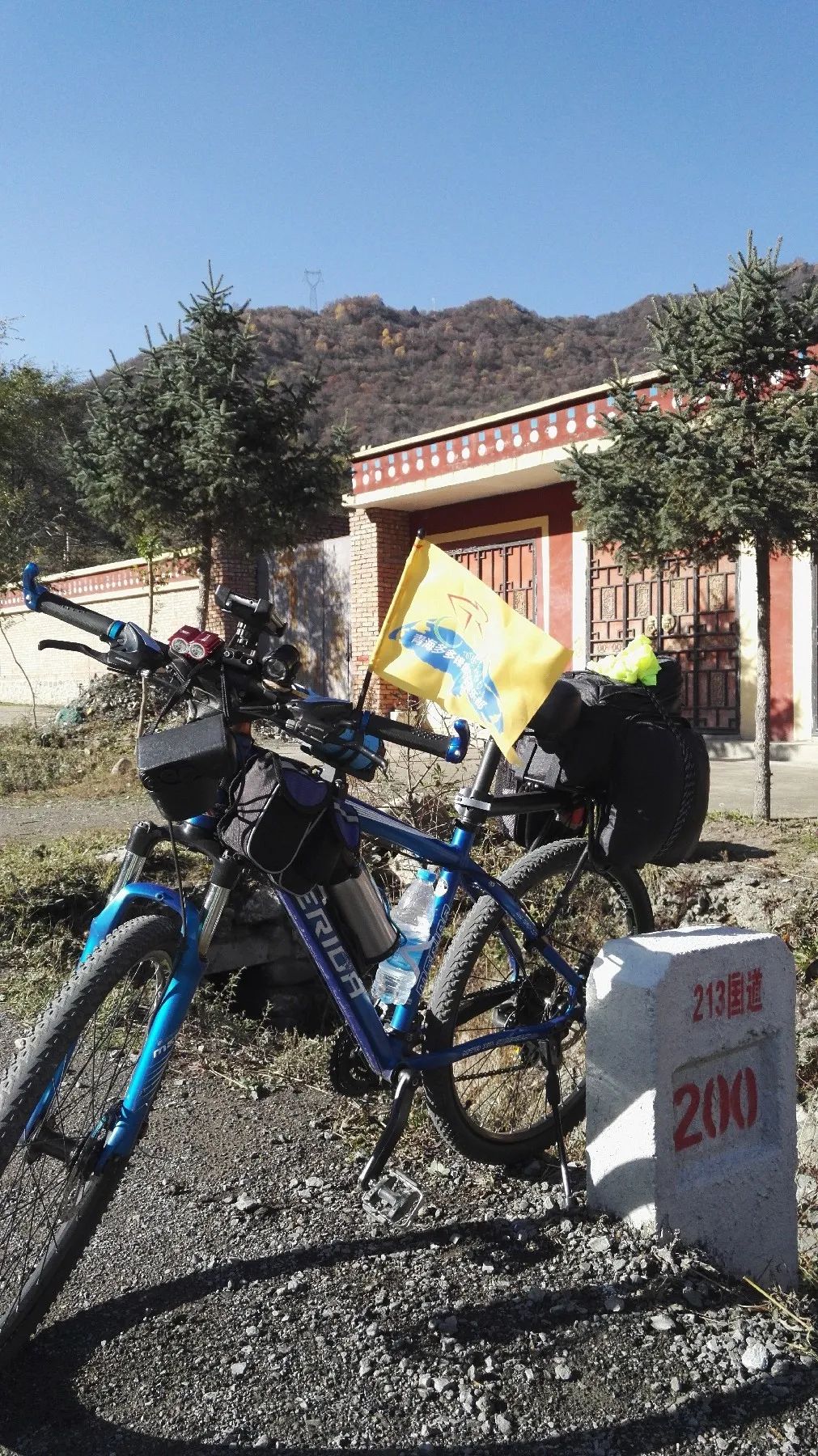
▲The road markers along the 200 kilometers of National Highway 213 will be taken at the 300, 400, 500, 600... boundary markers that pass by.


▲Wanggeltang. Cycling insights: The road is at your feet. It’s up to you to walk fast or slow. As long as you keep going, you will get there.

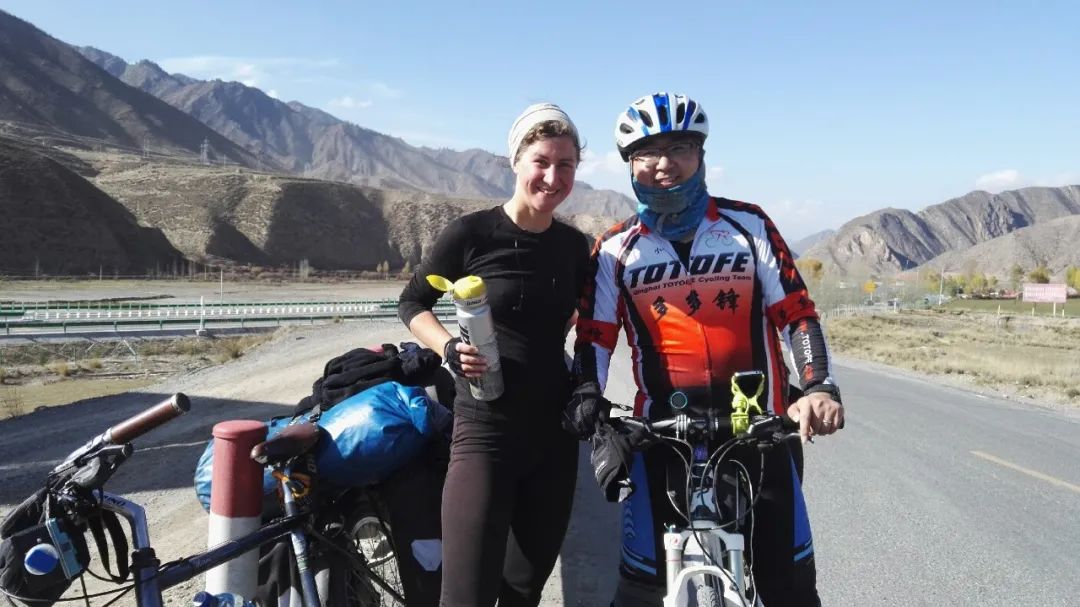
▲When I was 15 kilometers away from Hehe City, I met a female foreigner who carried a lot of equipment single-handedly and could not speak a word of Chinese.




▲Xiao Niu and I rummaged through the few remaining English words in our stomachs and found out that she was from Germany and had been riding for ten months to go to Yunnan. The little witch meets the big witch
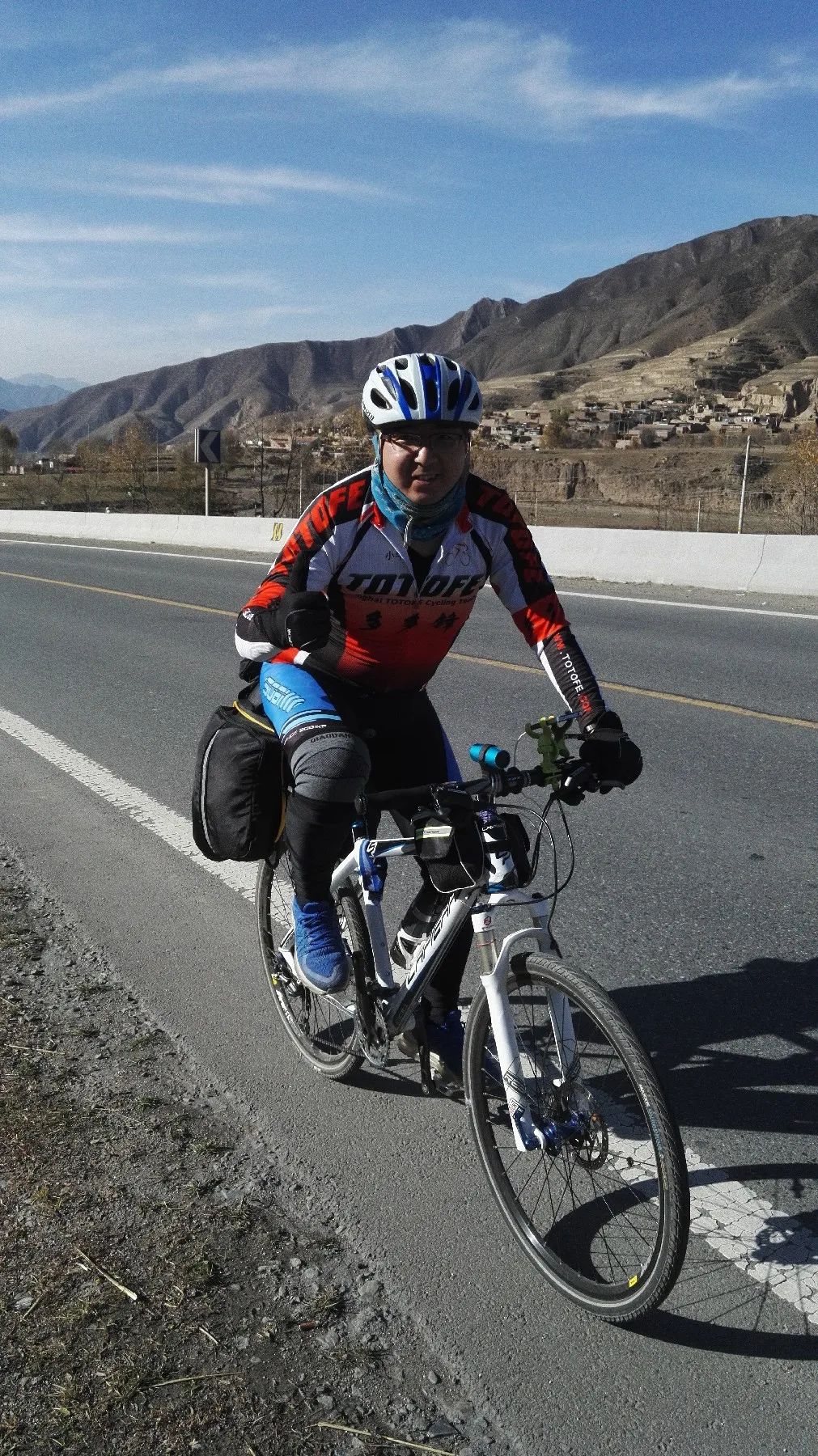
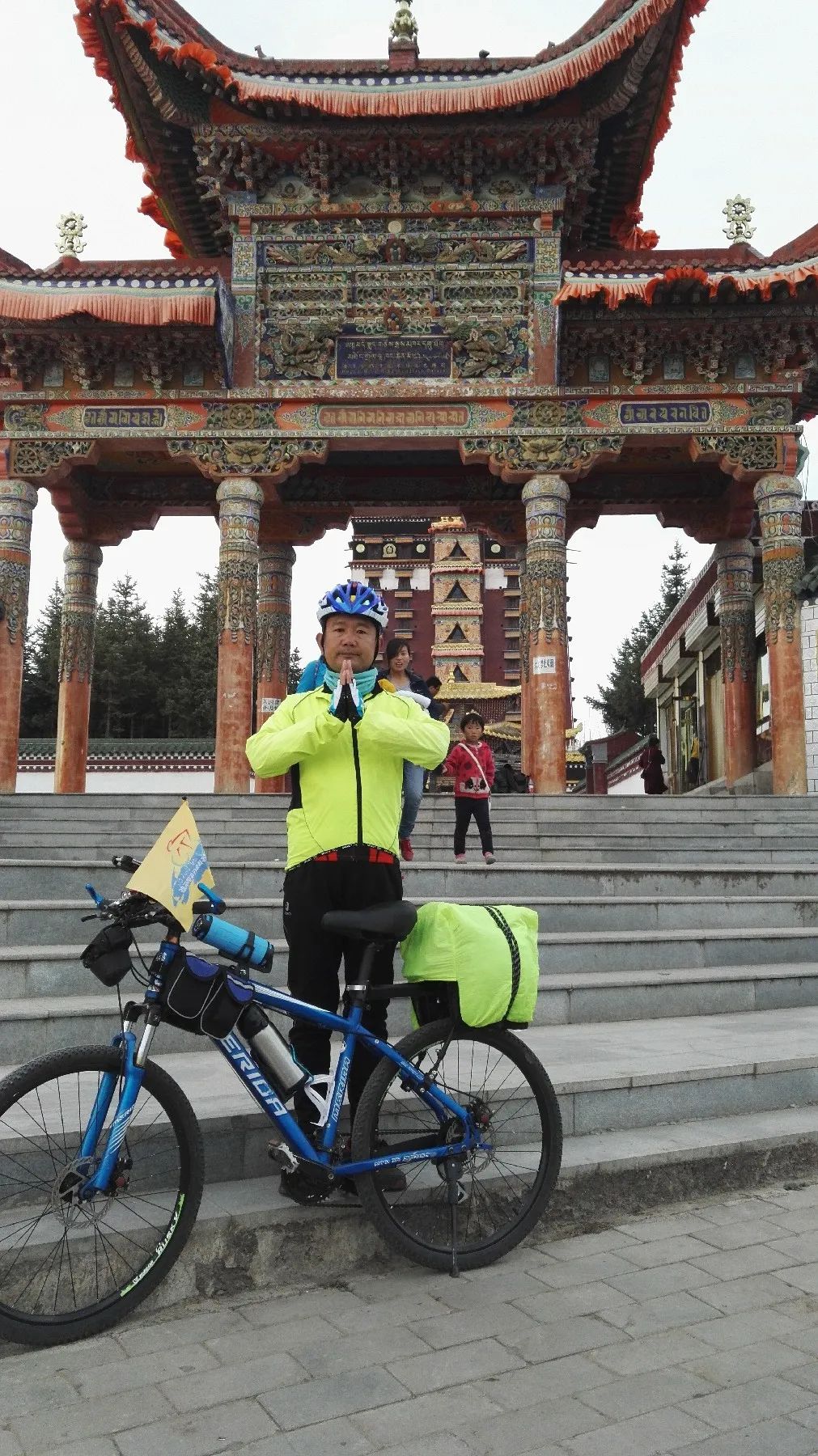
▲Miarepa Pavilion of Amdo Cooperation Monastery
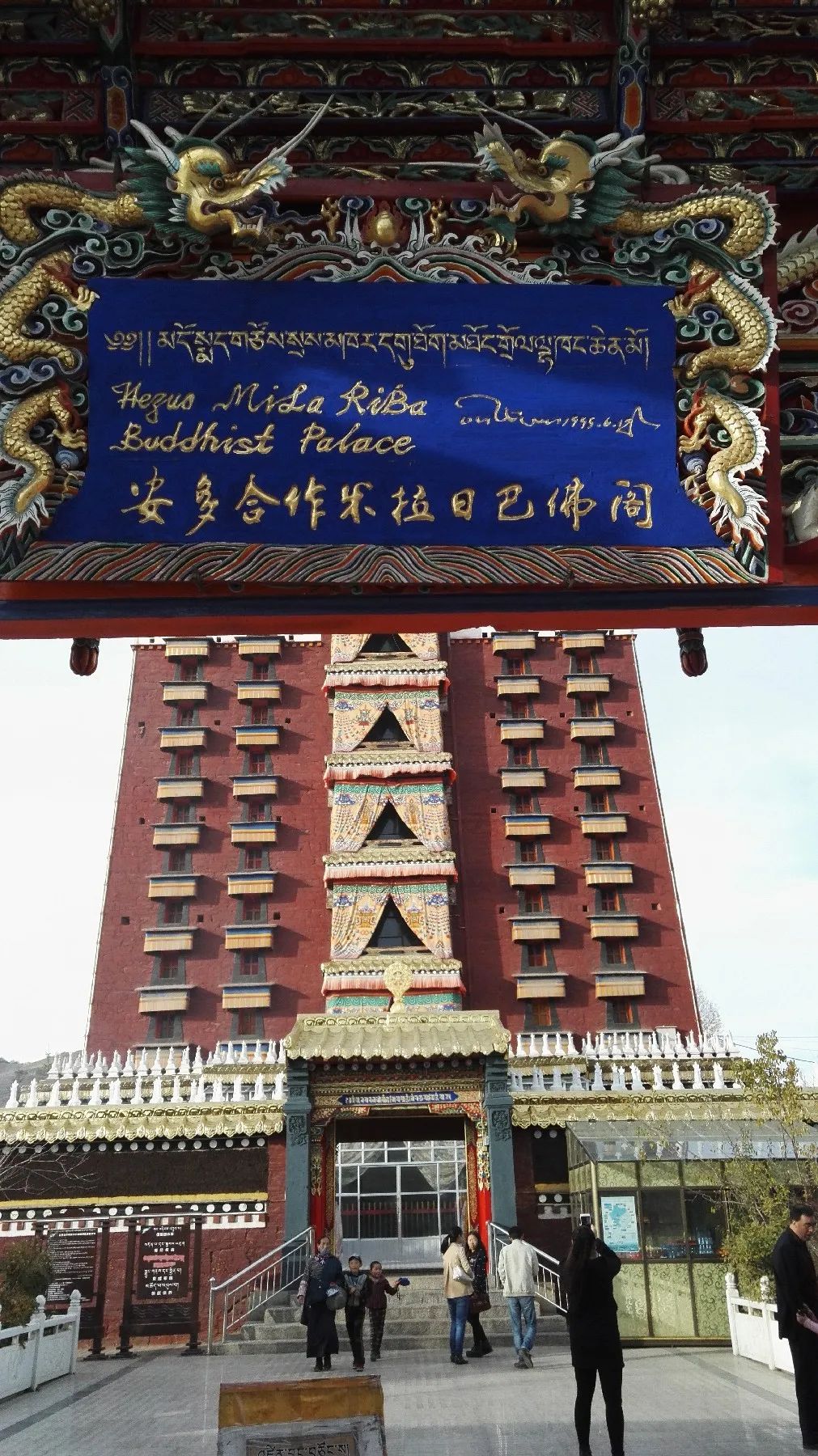
▲ Entering the city, the Milarepa Pavilion is very spectacular. Its full name is "Miarepa Nine-story Pavilion in Ando Cooperation". Although the name is a bit long, it also makes it clear that it is this 9-story pavilion. The Buddhist pavilion.

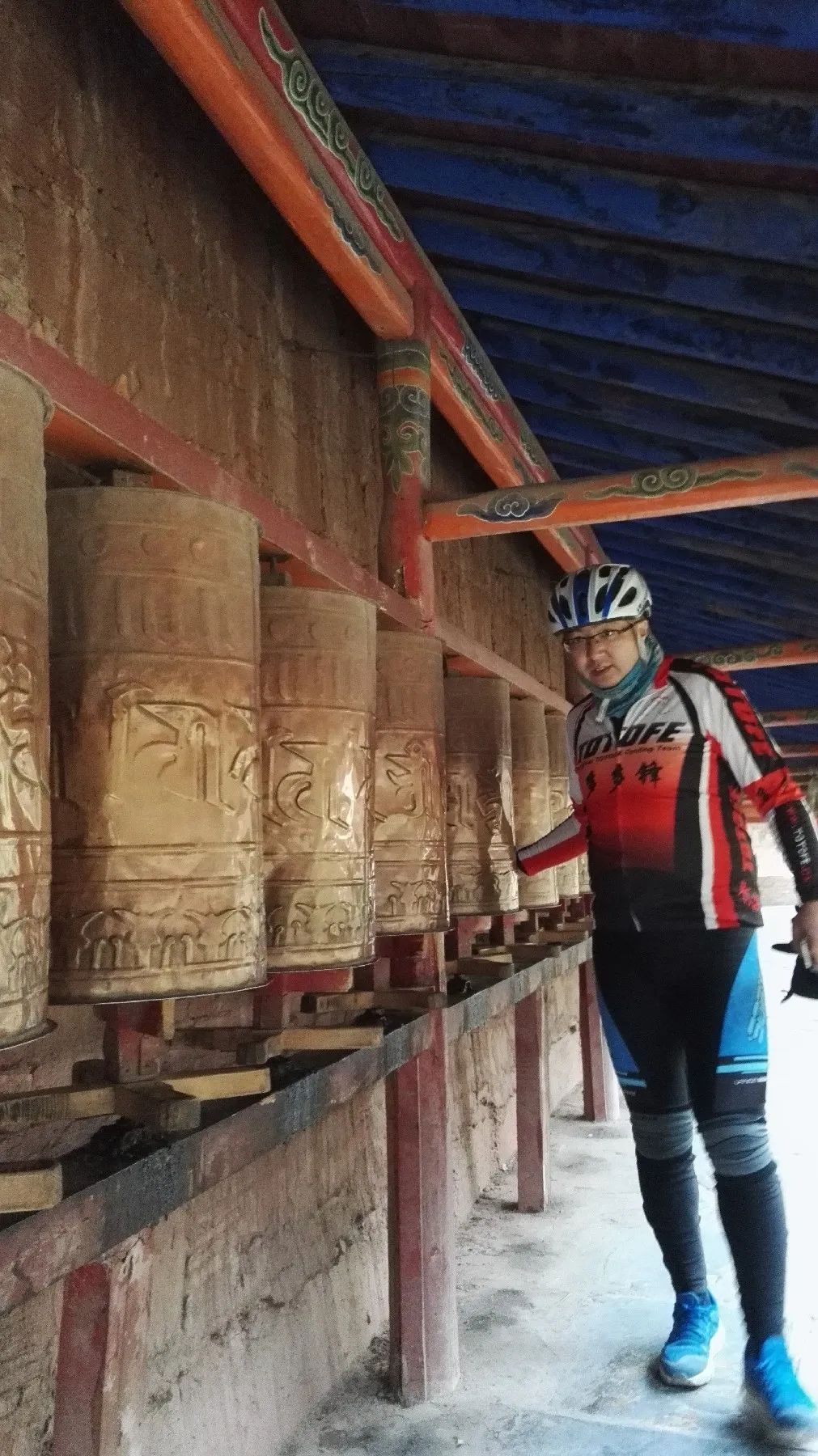
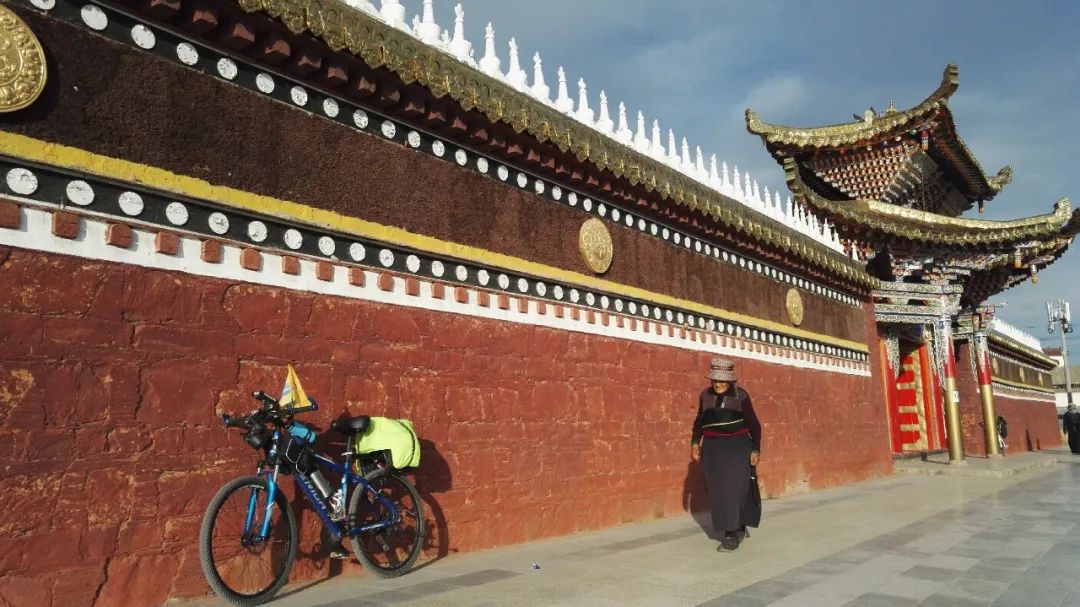
▲The Buddhist Pavilion was built in the 42nd year of Qianlong reign of the Qing Dynasty (1777). The original pavilion was destroyed during the "Cultural Revolution". The existing building was rebuilt in May 1988 and took four years to complete.

▲The Milarepa Pavilion is a Buddhist pavilion built in memory of Milarepa. It is the representative temple of the Kagyu Sect (Bai Jiao) of Tibetan Buddhism in the Amdo Tibetan area.


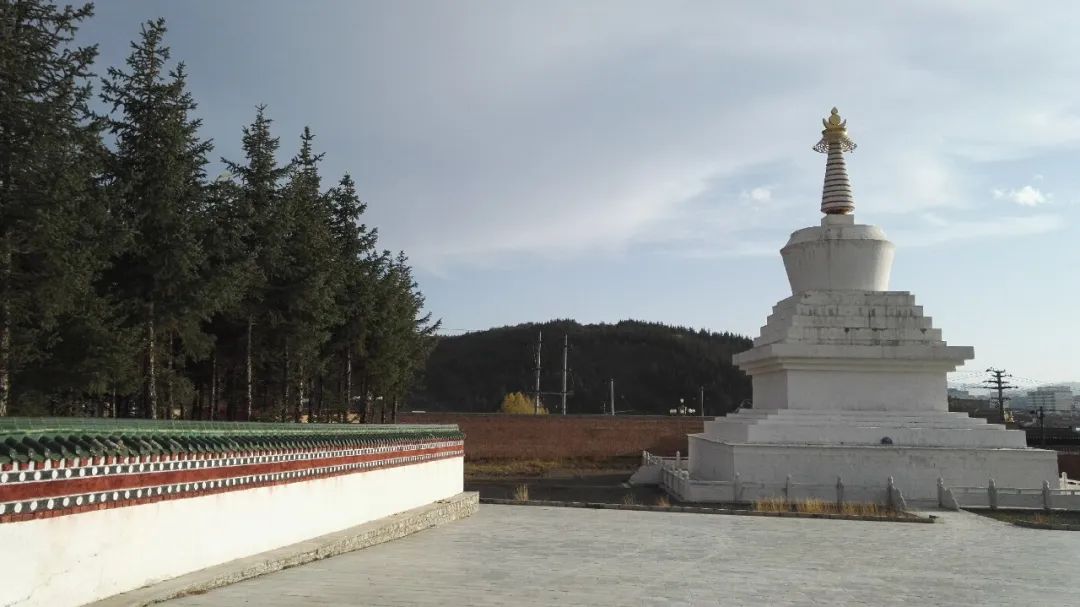
▲The pavilion is mainly dedicated to Milarepa, the most legendary among the Tibetan people and well-known to women and children.

▲There are two Milarepa Pagodas in Tibetan areas of China. This Pavilion is one of the famous Tibetan Buddhist temples in Amdo, with majestic and magnificent architecture.
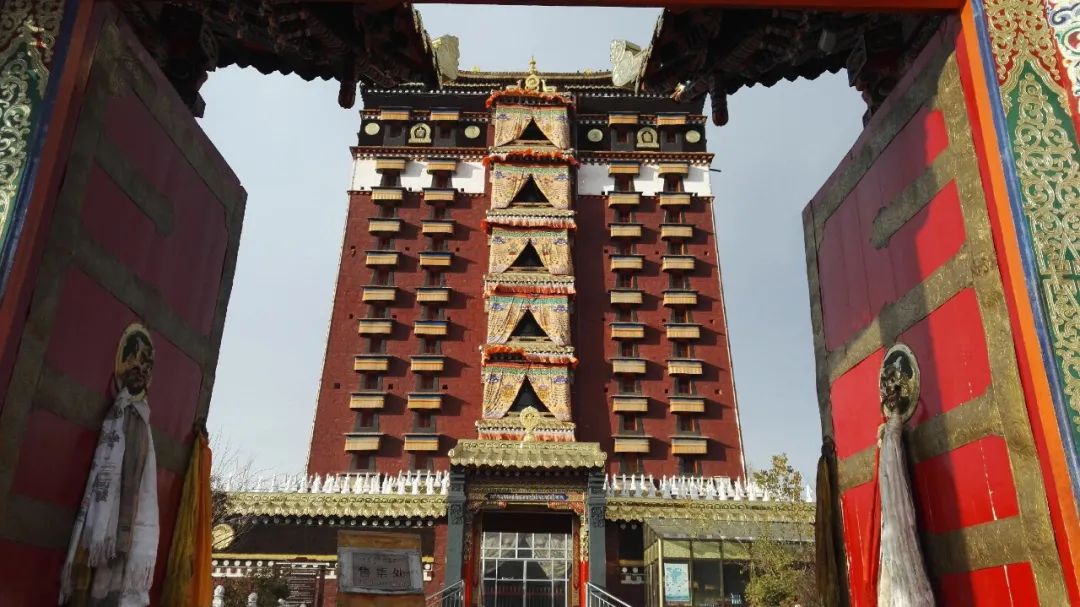
▲The building has nine floors in total and is dedicated to the founders of various sects of Tibetan Buddhism, mainly Milarepa and his disciples. There are many Buddha statues, Bodhisattvas, Dharma protectors, etc. of the Four Tantras, mainly Vajra. There are 1,720 Buddha-like statues.


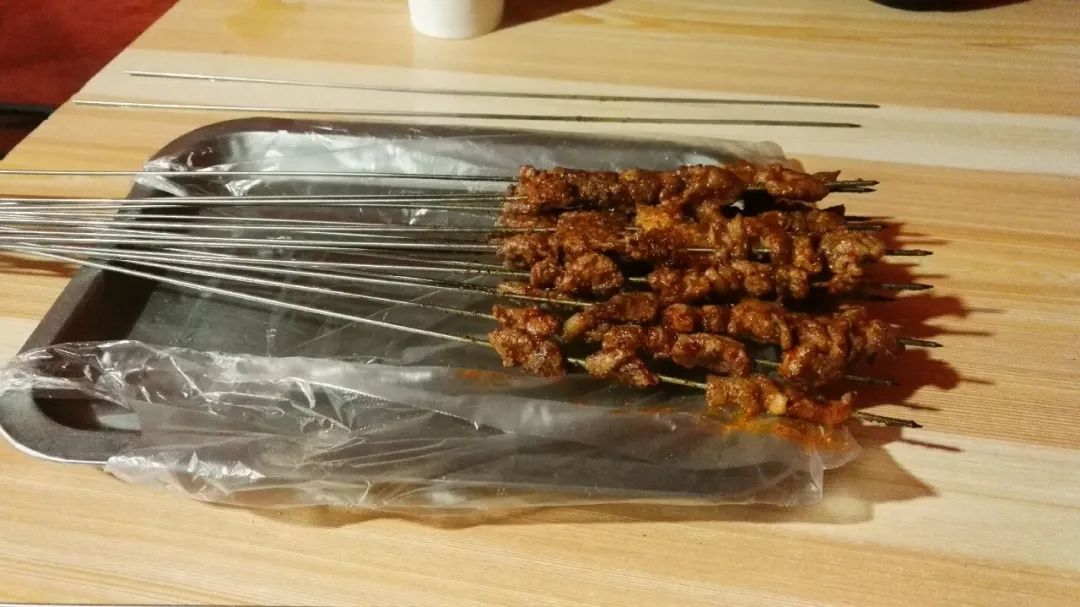

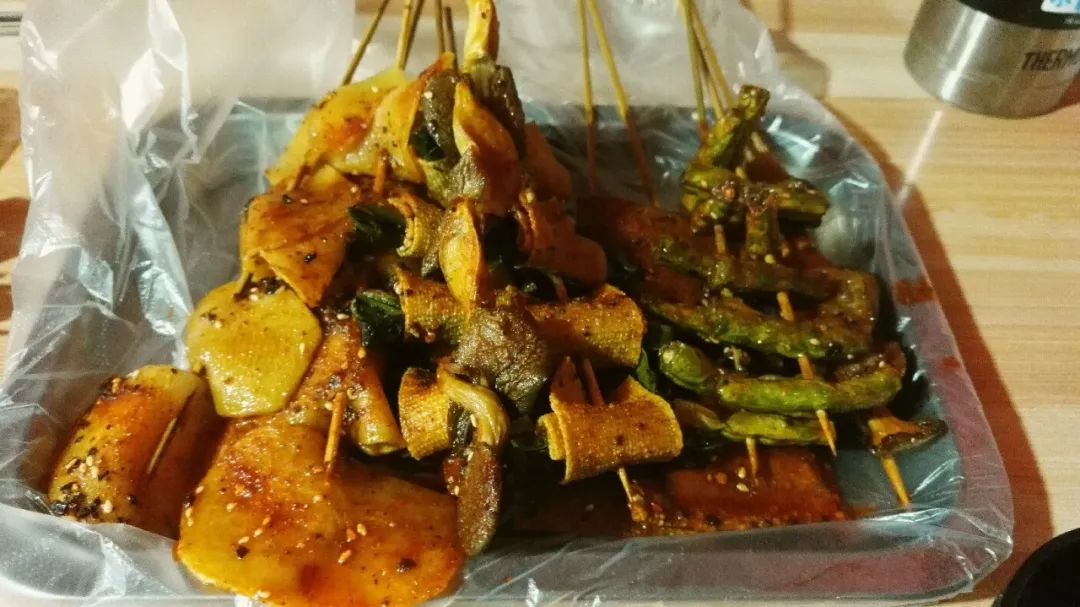
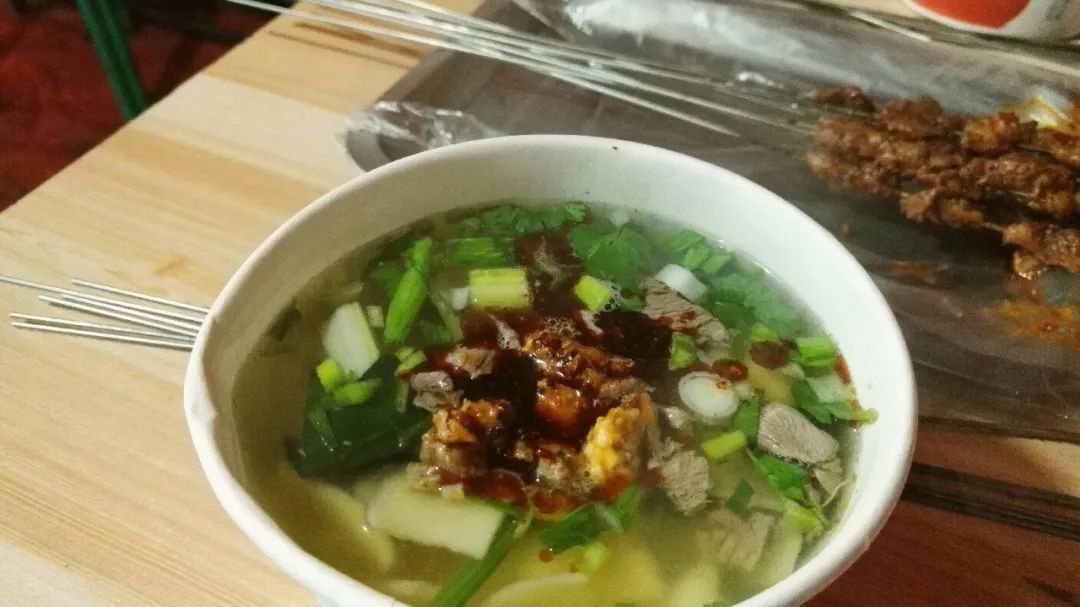





▲Eat less at night Mutton skewers, lamb kidneys, vegetarian skewers, noodles, beer Mavericks’ WeChat account is called Qiyou Foodie, hahaha
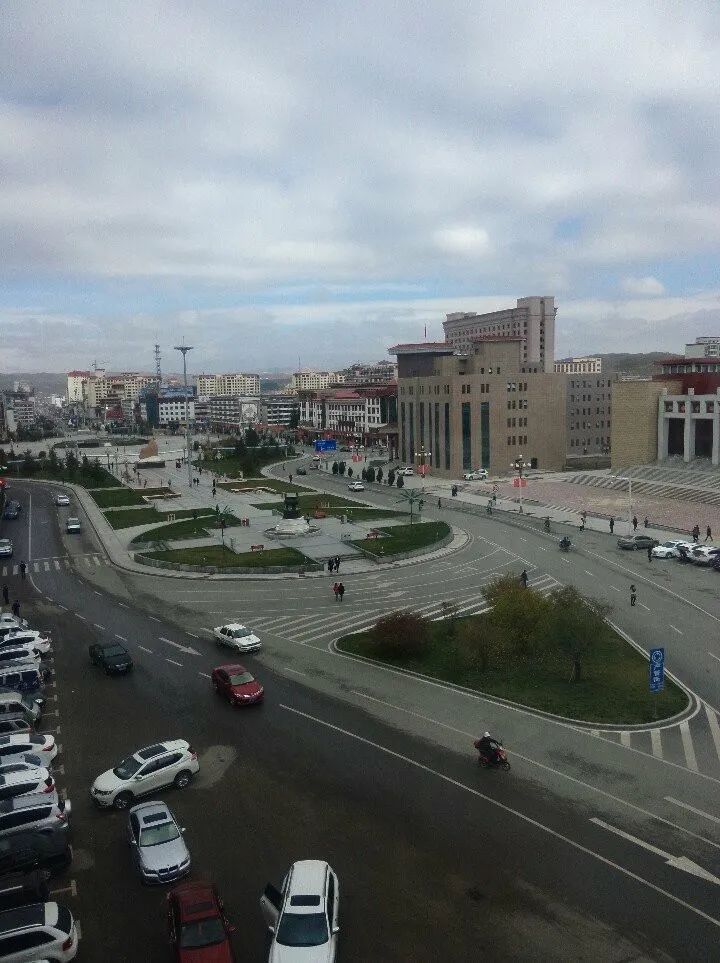
▲After an endless 76 kilometers of slow ascent, we arrived at Hehe City before we had enough of the 4 kilometers of downhill. This Gannan tourism center is lined with various hotels and guesthouses, and the prices are extremely high. A beautiful Tibetan boss gave us a special room. , in fact, it is a standard room without windows, but it is clean and tidy.
